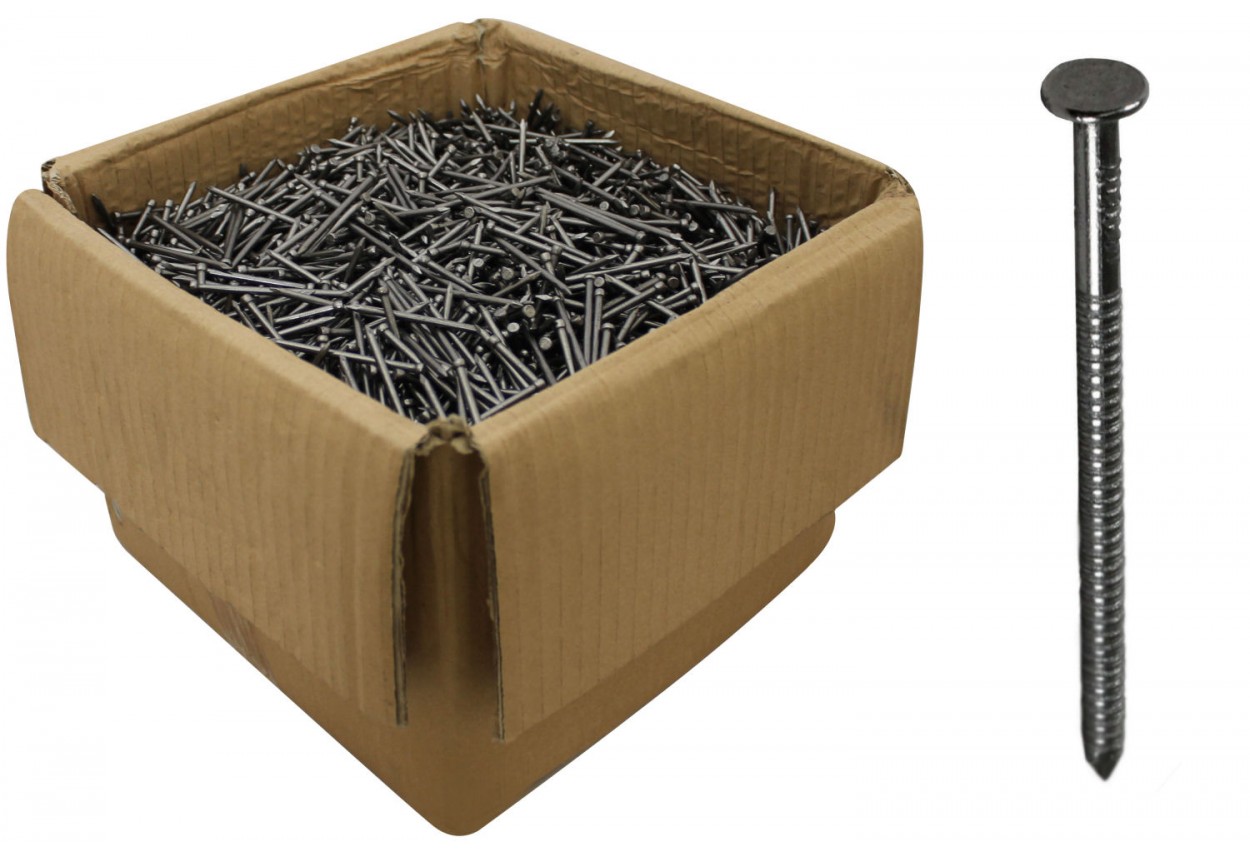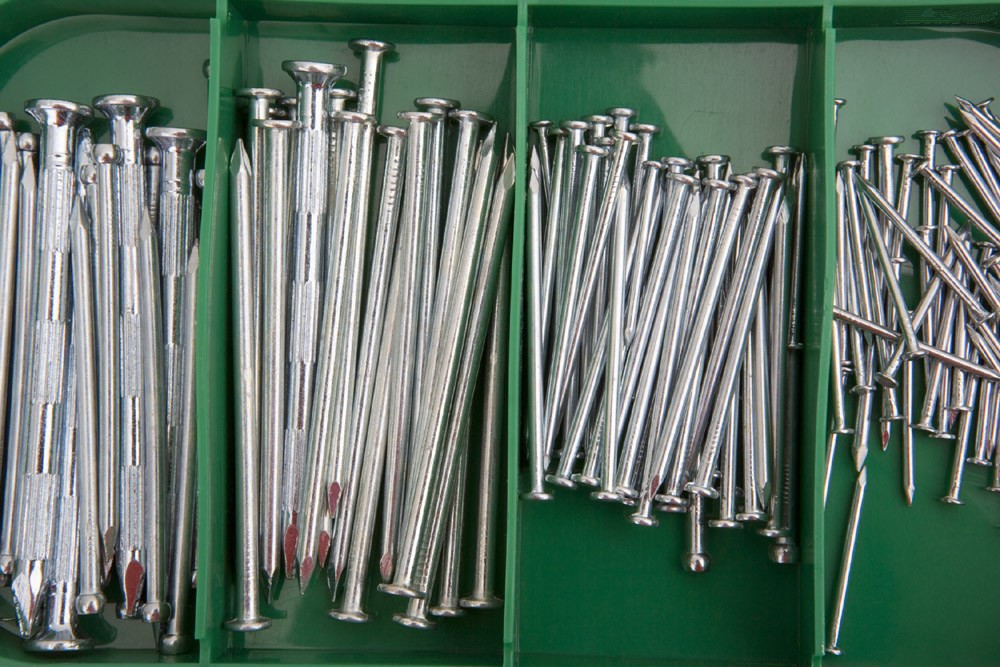Summary of common faults and troubleshooting methods for laboratory balances
Common faults and troubleshooting methods of the balance:
1. Lifting ears fall off or sideways
The lugs fall off, which is often caused by opening and closing the balance too quickly. Put the lugs back on gently to use. If the lifting ears are unstable, the left and right sides can also cause shedding. Use needle-nose pliers to loosen the screw at the lower part of the small post at the end of the horizontal bracket, move the small post to the left or right, and then tighten the screw to carry out the experiment until it is no longer sideways. If the lifting ear jumps back and forth, you can use a stick to insert it into the upper hole of the small pillar and turn it to adjust until the height of the small pillar is the same.
2. The height of the tray is not appropriate
The pan tray is too high. When the balance is closed, the pan is said to be lifted up, sometimes causing the lugs to fall off. The pan is too low. After the balance is closed, the pan is still swinging freely. You can remove the weighing pan, take out the pan holder, adjust the position of the screw on the rod under the pan holder to change the height of the pan holder to a proper one.
3. The pointer jumps
When the beam is lifted, for example, if the distance between the edge of the fulcrum knife and the pad is not equal, when the balance is turned on, the pointer will jump, you can loosen the screw in front of the left arm of the horizontal bracket, and then twist the small pillar by hand to adjust Until the pointer no longer jumps.
4. Reasons for the swinging of the balance and its elimination methods: The reasons for the swinging of the balance are as follows:
(1) The disc tray cannot be lowered if it is stuck. Remove the weighing pan, take out the pan holder, wipe it with a dry cloth or dry paper, apply engine oil, and then install and use.
(2) The internal and external dampers collide or there is slight friction.
â‘ Check whether the balance is level;
â‘¡According to the principle of "left one right two", see if the internal dampers are misplaced;
③ Observe the gap around the inner and outer dampers from the top of the balance. If the size is uneven, remove the weighing pan and lifting lugs, turn the inner damper 180 ° and try again.
â‘£ If the above adjustment is invalid, you can carefully loosen the screw that fixes the external damper. From the top of the balance, use the internal damper as the standard. Move the position of the external damper until the internal and external dampers no longer rub. Tighten the screws.
5. Index disk failure
First align the reading position of the index disk and tighten the screw. If the hook of the weights fails, remove the outer cover behind the index plate and drip with oil; if there are loose screws, tighten the screws; if the index plate readings do not match the added weight, you can loosen the eccentric Turn the screw of the wheel to change the position of the eccentric wheel, and then tighten the screw.
6. Adjustment of optical system
(1) The position of the scale displayed on the projection screen is incorrect. If the scale is above, below or beyond the projection screen, you can turn the screw next to the projection screen to adjust the position of the reflector so that the scale just falls on the projection screen.
(2) The small electric beads are not bright. First check the power supply, whether it is a power failure or a blown fuse, and then check all the welding points on the balance, whether the cable head is off. If the thread does not come off, check the contact points on the balance bottom plate. Under normal circumstances, when the balance is closed, the two contact points are separated, and the circuit is not connected; when the balance is opened, the two contact points touch and the circuit is connected. If the above conditions are normal, you can check the bulb and transformer for damage.
We are the supplier of nails including flat head nails, twist nails, bullet head nails, duplex nails, roofing nails, common nails, hardened grooved nails, concrete nails, pallet nails, spikes deck nails, staple nails, fence staple, plastic cap nails, coil nails, washer nails, made of carbon steel, Q195, Q235, stainless steel 304, stainless steel 316, etc. The nails is widely used in construction, furniture, Industry, agriculture.


Shank of nails:
Smooth Shank Nails: There are no deformations on the shank,making nails with a smooth shank the easiest to drive.Smooth shank nails offer the least pull-out resistance whencompared with spiral and ring shanks.
Concrete Nails: It is manufactured from ductile, high strength carbon steel and designed for hand hammer driving into medium strength concrete and solid block.
Roofing Nails: A nail used for attaching paper or shingles to roof battens or sheathing; usually with a large head.
Annular Ring Shank: Annular threads or ''rings" areformed on the shank to increase withdrawal capacity. The[rings" create an interlock between the shank of the nailand the wood, providing superior holding power.
Spiral Shank: A spiral ''thread" on the shank causes thenail to spin during installation, creating a thread-like interlockwith the wood, which increases withdrawal capacity.Spiral-shank nails are designed to drive easier into harderwoods and dense materials while still providing increasedwithdrawal resistance.
Packing:
1kg/box, 5kg/Box,20kg/Carton, 30kg/Carton; or as your requirements.
Iron Steel Common Nail, Concrete Nail for construction, Galvanized Roofing Nail
DINGZHOU TIAN YILONG METAL PRODUCTS CO., LTD. , https://www.wiremeshsolution.com